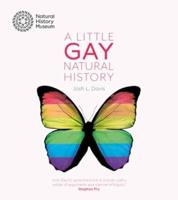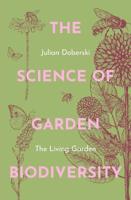Publisher's Synopsis
This book offers a sweeping history of Pureora Forest Park, one of the most significant sites of natural and cultural history interest in New Zealand.
The authors review the geological history of the volcanic zone, its flora and fauna, and the history of Maori and European utilization of forest resources. Chapter-length discussions cover management of the native forest by the New Zealand Forest Service; the forest village and its sawmills; the intensive timber harvesting, and the conflicts with conservationists and expensive compensation agreements that ensued. Separate chapters cover initiatives to protect the forest from introduced herbivores; to guard protected species, especially birds, from predators; the facilities for recreational hunting; the development of the Timber Trail, an 83 km cycleway through the forest and along old logging tramways, complete with detailed interpretation signs illustrating the history of logging; and the family recreation areas and tracks. The final chapter gathers conclusions and advances prospects for the future of Pureora Forest.
In sum, the book demonstrates how ecological study, combined with a respect for people and for nature plus a flexible, interdisciplinary approach to both local history and current scientific priorities, can be welded into a consistently effective strategy for addressing the pressing forest-ecology questions of our time.










